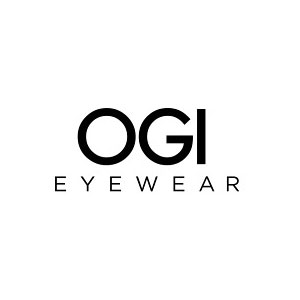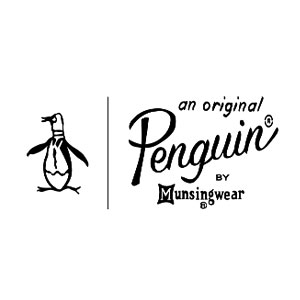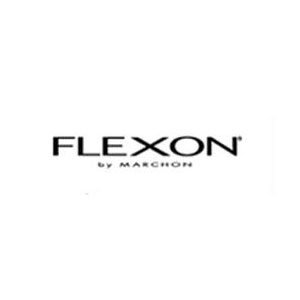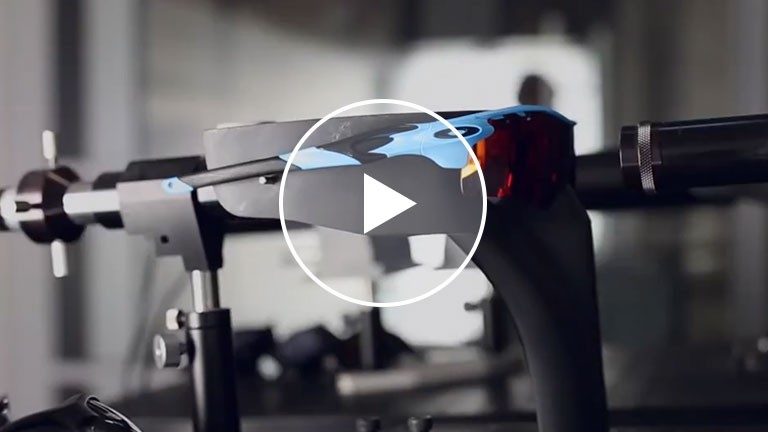Patient Education
Frame Gallery
- Details
- Written by Harbor View Eye Care Team
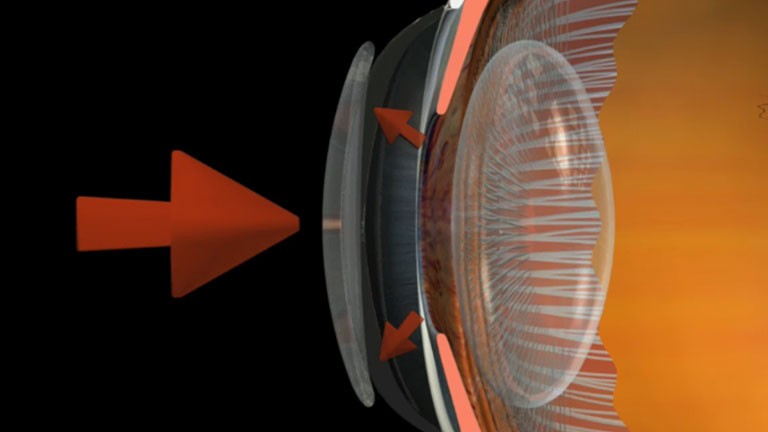
Corneal Molding, also know as Ortho K or OrthoKeratology is a non-surgical procedure used to temporarily reshape the cornea. Some mild cases of near sightedness and astigmatism can be treated by simply changing the shape of the cornea, to correct the way it refracts light.
A specially designed contact lens, which is rigid and gas permeable, is made specifically for your eye. This lens can be worn during the day or overnight. The lens itself is fitted so that it places gentle pressure on the center of the cornea, causing it to change shape. The outer part of the lens surrounds your central visual zone and is further away from the surface of the eye. The combination of the pressure at the center and space around the outer part causes a reshaping of your cornea. With your cornea reshaped the light can now focus properly on the retina at the back of the eye.
The process is painless and not permanent, so retainer contacts must be worn periodically to maintain the shape of the cornea. This also makes the process completely reversible, simply stop wearing the retainers and your cornea will return to its natural shape.
Corneal Molding is a non-invasive alternative to corrective surgery. Ask your eyecare provider for information to see if you qualify for Corneal Molding.
- Details
- Written by Harbor View Eye Care Team
[unable to retrieve full-text content]
DAILIES TOTAL1 Shares Vision Innovation with Hendrick Motorsports’ Pit Crew Athletes
- Details
- Written by Harbor View Eye Care Team

There are many opinions on the topic of texting and driving. The goal of this blog is to neither refute nor endorse the subject, but instead to explore the effects on vision during texting. It is up to the reader to make a judgement call on the endorsement of texting and driving.
You may not be surprised to hear that texting has replaced drunken driving as the number one cause of deaths in the teenage population. According to Cohen Children’s Medical Center in New York, teen drunken driving has gone down over 50% since 1991 but the number of people texting and driving has skyrocketed. It is illegal to text and drive in the UK, but not in many states in the USA. Some phone companies are launching ad campaigns to discourage texting while driving, and they are reporting a 23 times higher incidence of an accident if you text and drive.
So why does it make you more likely to crash from a visual perspective? The problem lies in distraction from driving. For example, it takes a fast texter approximately 20 seconds to read and reply to a text. At 55 mph on the highway, a driver glances away from the road for approximately one-third of a mile. When the driver is focusing on their screen, this gives the driver essentially tunnel vision causing the visual system to essentially use peripheral vision. Your central vision is used to detect depth perception, detail, and colors such as red or green. So when texting, your depth perception, or 3-D vision, is altered, so that if cars are stopped ahead or closing in rapidly, its not detected. Brake lights are red, so while texting, our visual system is using mainly peripheral vision, which can detect gross movement, but not the color red.
So next time you encounter situations with texting and driving, know that the visual system was designed to perform advanced visual perception while using central vision. This includes detail vision, depth perception, and color vision....all of which are placed on hold while texting and driving, since the visual system switches to peripheral vision designed to detect gross movements.
For more information on texting and driving see:
US Dept. of Transportation
The content of this blog cannot be reproduced or duplicated without the express written consent of Eye IQ.
- Details
- Written by Harbor View Eye Care Team

Your Eyes.......We only have two of them so treat them well and learn how to keep them safe from harm. Here is a list of five vital ways to prevent injuries to one of your most precious assets, your vision.
- Wear Safety Glasses. Failure to wear protective eye wear is one of the main causes of job related injuries to the eye according to OSHA (Occupational Safety & Health Administration). Safety glasses are made from a polycarbonate material which can withstand the impact of a .22 caliber bullet. Safety glasses at work protect you from foreign bodies and chemical exposure into the eye area. Wearing protective eyewear for yard work, weed eating, and cutting wood keeps injury from high velocity foreign bodies in the eye to a minimum.
- Wear Sunglasses with UV A and UV B protection. Doing so protects the thin skin around the eyes from sunburn, and also helps protect your ocular system. It has long been stated that excessive exposure to sunlight causes cataracts, so using ultraviolet (UV) protection in your sunglasses is vital. Many sunglasses, especially for children, do not contain UV filters. These can actually harm your eyes more, exposing more sunlight through a dilated pupil. Buyer beware: not all sun glasses are created equally.
- Make sure children’s glasses are made of polycarbonate material and have UV protection. This ensures a minimum exposure of ultraviolet rays which will pay off when they are older by helping prevent cataracts. The polycarbonate lens material gives maximum protection against breakage.
- Don’t obstruct vision with a child’s costume. During Halloween, opt for face paint instead of a mask that could occlude or obstruct vision. Also put reflector tape on the child’s costume. Bulky masks that accompany halloween costumes can be a deterrent to the child seeing out of the mask. During Halloween or a costume party, keep it fun be “seeing and being seen.”
- Use the wisdom of preventative maintenance. Get yearly eye examinations where the entire retina is evaluated with a a dilated exam. Just as you change oil on your car every three thousand miles keeps it running in tip top shape, the same holds true for your ocular health. Routine check ups, sunglasses, vitamins, and smoking cessation will keep those peepers healthy and clear.
It is incumbent upon us all to be educated on these facts for ourselves, our family members, and our co workers.
Applying these pointers can be used to keep your eyes healthy, efficient, clear and safe.
The content of this blog cannot be reproduced or duplicated without the express written consent of Eye IQ.
- Details
- Written by Harbor View Eye Care Team
The latest installment of PROCESS takes us to Foothill Ranch, California, where Oakley's Factory Pilot Ryan Weber walks us through a series of tests highlighting the technological innovation in eyewear that takes place over at Oakley’s labs for today’s consumer.
The first two “Lens Superiority Tests,” respectively labeled “Definition and Clarity,” and “Laser Precision” reaffirm Oakley’s mission of having their lenses do most, if not all of the work when considering how the brain and eyes interact in order to process imagery. The final two “Lens Superiority Tests,” “Impact Protection Part 1″ and “Impact Protection Part 2″ are exactly what they sound like.
The first impact test displays the protection offered by Oakley lenses when on the receiving end of an incoming, high velocity projectile. A quarter-inch steel shot is blasted directly at the Plutonite® lenses at 102 MPH, modeling the impact of road debris hitting the face while cycling.
The second impact test showcases the resilience of Oakley lenses, which are able to withstand the direct force of a 500 gram steel spike being dropped from 127 centimeters above. In real life, this test replicates the lenses protecting your eyes from a handlebar collision on the trail/contact with a tree branch on the trail or an accidental smack in the face by the tip of a ski.
In the spirit of performance and innovation, Oakley continues to raise the bar by developing new technologies that exceed today’s standards.
For up-to-date news and more: https://www.hypebeast.com View more HYPEBEAST videos: https://hypb.st/VbvIa3









